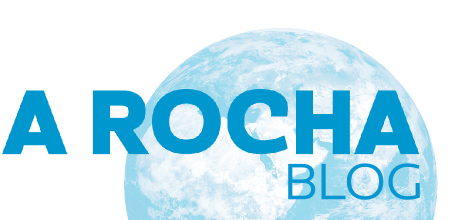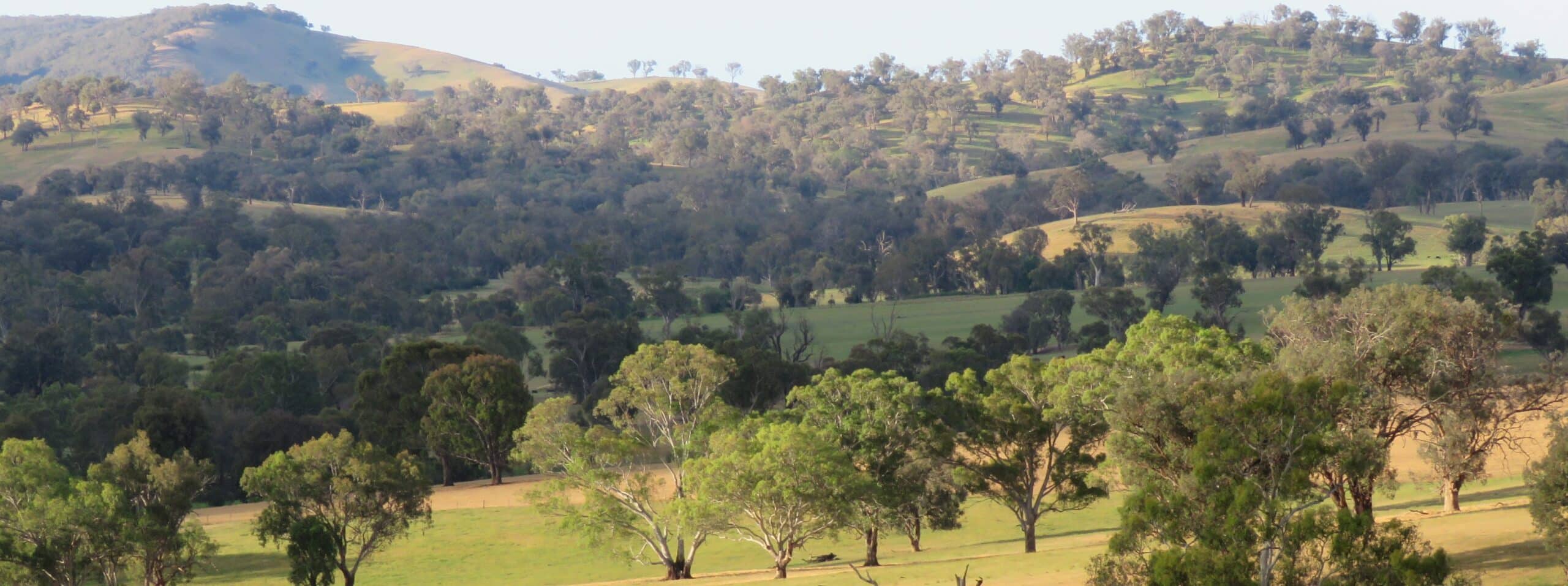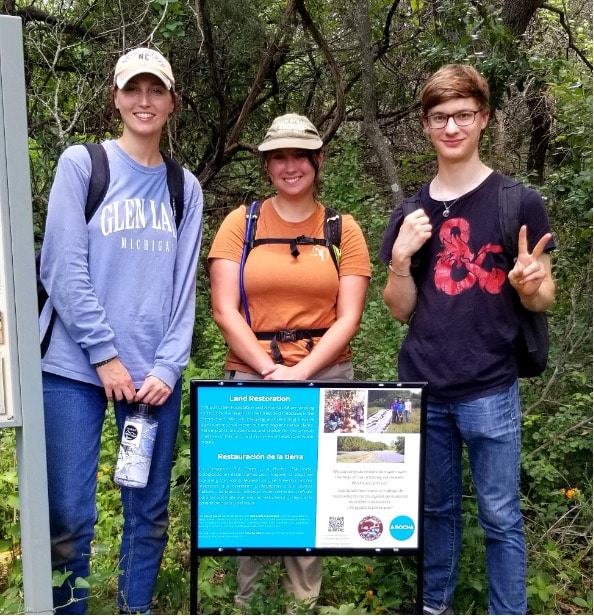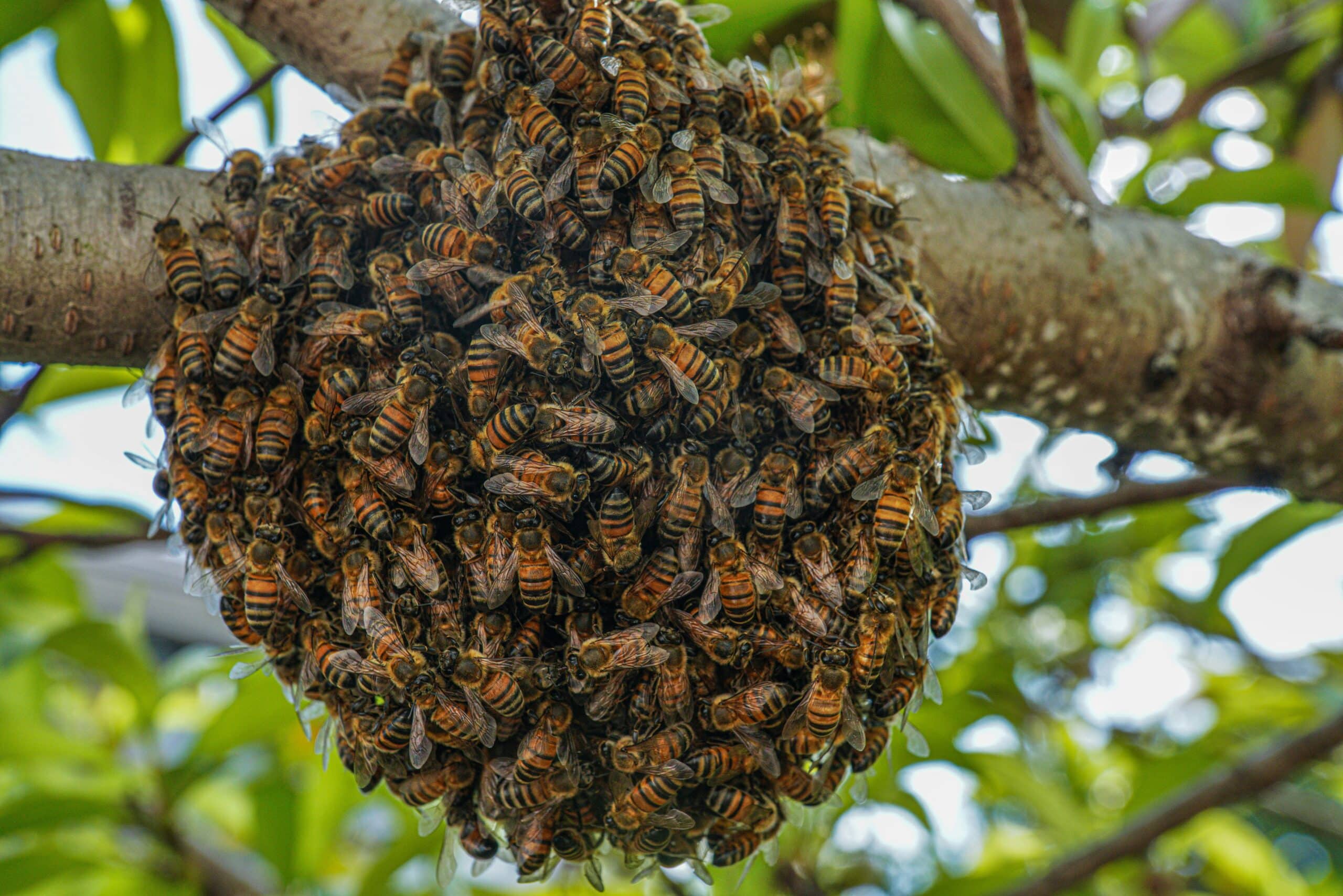Salmon: God’s provision for beautiful British Columbia
‘All creatures look to you to give them their food at the proper time. When you give it to them, they gather it up; when you open your hand, they are satisfied with good things.’ Psalm 104: 27-8
Imagine, hundreds of thousands of brilliant red and green fish, some as big as 0.8m long and 7kg, thrashing through the water amidst soaring eagles, screeching gulls and bears teaching their young to fish. Sounds like something out of a BBC documentary? It’s not. It is an event I have the privilege to see every fall, just 70km from my home in British Columbia (BC), Canada. This particular scene is of the Sockeye salmon returning to the Fulton River spawning channels, but I can also walk 15 minutes from my front door and watch hundreds of Coho salmon wiggle their way through the rapids on the Upper Bulkley river.
Each year all five Pacific salmon species – Sockeye, Coho, Chinook, Chum and Pink salmon – make their way from the ocean along the west coast of Canada and the northern US, then inland up to 1,000km to the stream where they were born to lay their eggs and end their journey. Here they dig a large indentation in the river bottom up to 30cm deep (called a redd), lay their eggs and cover them back up with rocks. Then the adults die. Tucked away in the dark, still nest, the eggs hatch into alevin, small fish-like creatures with the orange, round yolk sack still attached. Once the alevin have finished feeding on the yolk sac, they are called fry. They then wiggle their way through the rocks into their natal stream for a year before heading to the ocean as 15-gram shiny silver bullets called smolts. They spend several months in the estuary giving their bodies time to adjust to more saline water. After two to four years in the ocean they grow up to 25kg adults, depending on the species! Their final journey is back up the river to lay around 3,000 eggs per female. The difficulty of journey, shift from salt water and spawning takes a toll on their bodies and the adults all die.
In the upper Bulkley river that runs through the small town of Houston (BC not Texas), A Rocha Canada keeps a close eye on this migration for several reasons. We are at the end of a 450km journey for the Coho, Chinook, and sometimes Pink and Sockeye salmon, and we are an important rearing stream for the fry. Alongside our government and First Nations partners we want to keep track of the numbers of salmon coming into our little river to see how the stocks are doing. A Rocha staff act as the eyes and the ears on the river and are teaching and drawing the community into being those as well.
Secondly, we need fish to run our fish hatchery. We want to capture three females and six males to provide the 10,000 Coho salmon eggs that are raised in our hatchery and released in the spring. In the wild only 10% of eggs make it to the fry stage and only two make it to return to spawn. In a hatchery we can protect the eggs, which means that instead of 900 fry from three spawners surviving to head to the ocean, there will be 7,000-9,000. Once they are in the river they are exposed to the same odds as the wild fish but with so many more we can expect about 100 spawners for each female.
But why raise salmon? We are called a ‘stewardship hatchery’ which means the hatchery’s main goals are education and community engagement. And truly, salmon are God’s provision for BC. In a sense, they are a moving buffet that feeds everything along the way. As the eggs are being laid there are fish and insects that catch the ones that don’t make it; when they emerge from the rocks the fry become food for Mergansers (ducks), Belted Kingfishers, river otters and other fish. They then head to the ocean where they are food for Orcas, seals and humans. When they are ready to spawn, they re-enter the rivers and become food for bears, coyotes and eagles. Even in their death they are food for insects and the salmon fry from last year’s hatch. Scientists have even discovered that they feed the trees. Just by looking at tree rings you can tell when there was a good salmon run: bears and other creatures pull the salmon up onto the shoreline where they eat only the best portions, leaving the bodies to decompose and become nutrients for the trees and vegetation.
God provides so abundantly for creation in BC through salmon. It is a part of the culture, whether you are one of the First Nations or a newcomer. Salmon is a means for health and well-being for all communities, human and otherwise. With salmon stocks struggling because of drought, warming waters, degradation of their habitat due to human activity and overfishing, caring for creation in this area of the world means caring for salmon and their habitat. It is not my job to save the world – that’s already been done. But it is my job to walk alongside the Creator of the world, to do my part in the redemption of this world and love what he loves. And in Houston, BC that means caring for salmon.
By Cindy Verbeek



